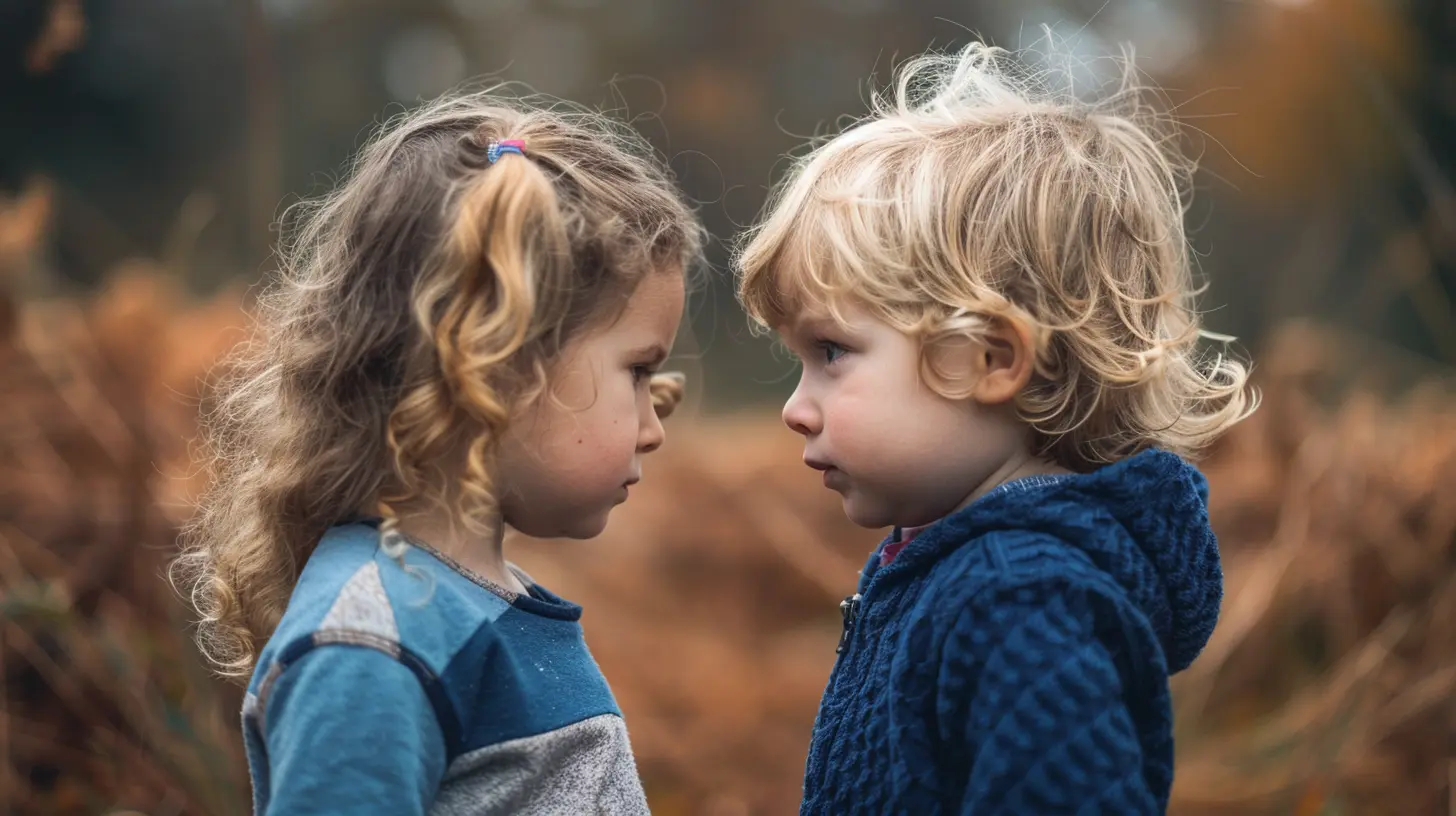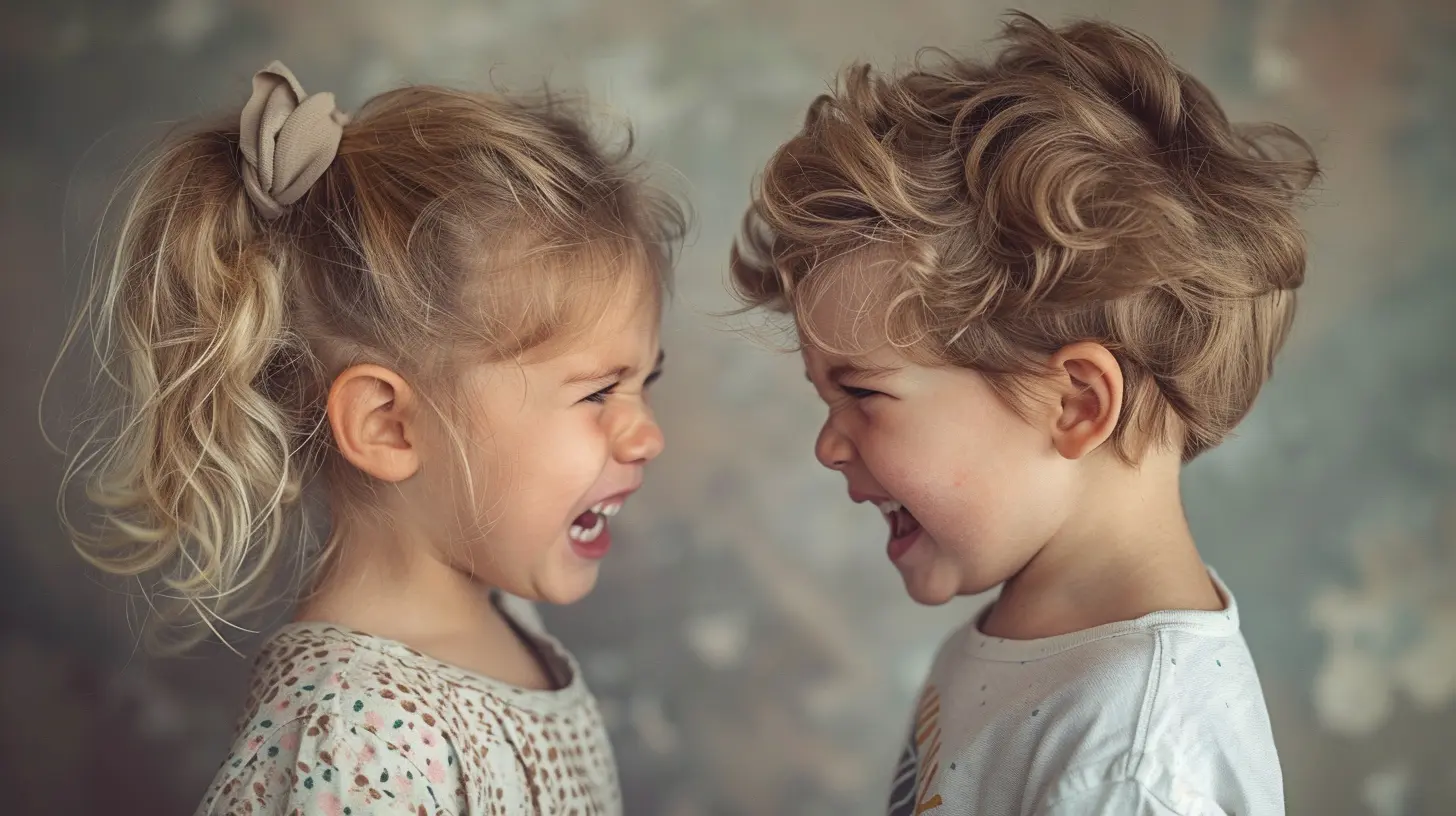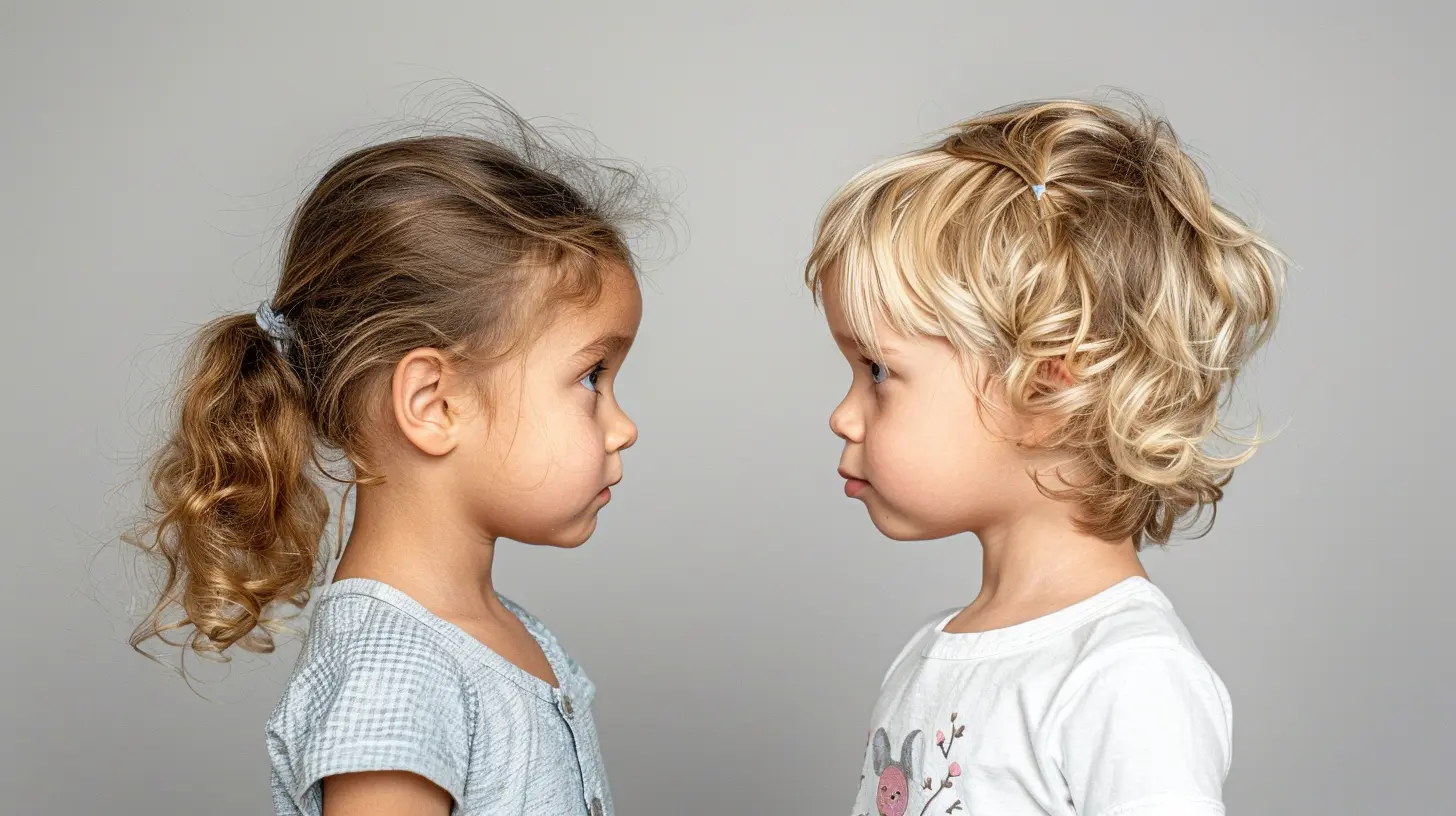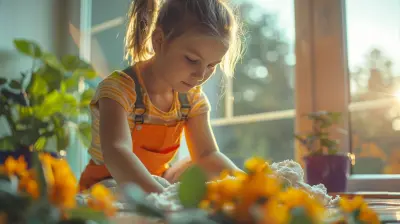Empowering Your Children to Solve Problems Together
29 June 2025
Life is a whirlwind of puzzles, a carousel of challenges. And as parents, one of the most powerful gifts we can offer our children is the ability—not just to face problems—but to solve them, with their siblings or peers, hand in hand. Teaching our kids how to work together as little problem-solving agents? That’s gold. Not just for now, but for life.
Let’s dive into the magical world of nurturing young minds to collaborate, navigate conflict, and build solutions—together.
Why Problem Solving Matters More Than You Think
Picture this: Your kids are huddled together, a board game between them, and one rule is under hot debate. Instead of yelling or quitting (sound familiar?), they talk it out, weigh their options, and make a joint decision.That, right there, is problem solving in action. And it's essential.
Problem-solving isn't just a school subject or a grown-up skill for work meetings. It's a foundation for:
- Resilience
- Empathy
- Creativity
- Confidence
- Collaboration
When kids learn to solve problems with others, they’re not just handling the moment—they’re building emotional muscles for future relationships, school, and even the workplace. It’s long-term brain fuel.
The Beauty of Teamwork Over Solo Genius
We all want our kids to sparkle. But life rarely hands out solo trophies. Most wins—big or small—come from working with others. That’s why helping kids solve problems together is more powerful than teaching them to "figure it out" on their own every time.Teaching cooperation over competition isn't about dampening ambition. It’s about showing that shared success is sweeter and often smarter. Because two heads? They’re not just better than one—they’re essential in a world built on connectivity.
Start With the Right Mindset (Yours and Theirs)
Before your child can become a dynamic little team player, you have to believe in the power of kids collaborating. And not just when everything’s peaceful.Even those sibling skirmishes over LEGOs or whose turn it is on the swing? Those are golden opportunities.
We often rush in as referees. But our real role? Guide, not judge. Coach, not captain.
Here’s how to shift both your mindset and theirs:
- See conflict as a chance, not a threat.
- Believe kids are capable of amazing solutions when given the space.
- Trust the process—even if it’s messy.
Seeds of Cooperation: Where It All Begins
You don’t need a PhD in child psychology to teach teamwork. You just need patience, a few intentional steps, and the willingness to model what you preach.1. Model It Loudly and Proudly
Kids are little copycats. If they see you working through problems with others—respectfully, calmly, and creatively—they’ll mirror that.Got a disagreement with your partner or a friend while the kids are around? Let them hear you brainstorm solutions. Narrate your thinking. Show them that grown-ups don’t have all the answers either, and that’s okay.
> “Hmm, I see your point. What if we try this instead?”
Boom. You just gave them a blueprint.
2. Give Them Problems Worth Solving
Kids need real (age-appropriate) challenges to chew on. Instead of swooping in to fix things, hand them the reins.- “Looks like we’ve only got one tablet and two of you want it. What do you think is fair?”
- “Dinner’s running late and we’re all hungry. How do we make waiting easier together?”
Guide the conversation, yes. But resist the urge to answer for them. Let them stew, discuss, and even disagree. That’s where growth happens.
3. Teach the Problem-Solving Steps—But Keep It Light
Think of it like teaching them a dance:1. Stop and chill out – Emotions can hijack brains. Step one is always calming down.
2. State the problem – What’s actually going on? Let each child say it in their own words.
3. Brainstorm – Let ideas fly. Silly ones welcome.
4. Choose a solution together – What do we think works?
5. Try it out – Give it a go! It's okay if it’s not perfect.
Make it playful. Sing the steps. Create a poster. Use puppets. Whatever sticks.
Conflict Isn’t the Enemy—It’s the Teacher
Here’s a truth bomb: Kids fighting is not failure. It’s practice.Disagreements are where collaboration gets tested—and strengthened. Instead of dreading those sibling showdowns, start seeing them as tiny training grounds for teamwork.
If your goal is peace 24/7, you’re gonna have a tough time. But if your goal is growth? Then every squabble becomes a stepping stone.
The Power of Listening (And Being Heard)
Problem-solving together doesn’t work without one magic skill: listening. And not just nodding-while-waiting-your-turn-to-speak listening. I’m talking about real listening.Teach your kids to:
- Wait their turn (yep… it’s hard)
- Look at the person speaking
- Try to understand what the other is feeling or needing
- Reflect back what they heard (“So, you’re saying you felt left out when I didn’t share?”)
This isn’t just a “nice to have.” It’s core curriculum for life.
Tools to Add to Your Empowerment Toolkit
Let’s break out the toolbox. Here are a few tried-and-true parenting tools for raising problem-solvers who work together:🧩 The “We Language” Game
Turn “me vs. you” into “us vs. the problem.”- Instead of: “You took my crayon!”
- Try: “We have one crayon and two drawings. What can we do?”
It reframes the issue and gets them on the same team.
🧠 The Idea Jar
Set up a jar with fun, silly, or creative problem-solving ideas—or let your kids write their own. When disagreements hit a wall, pull out the jar.- “Rock-paper-scissors?”
- “Five minutes each?”
- “Combine and make something new?”
It encourages compromise with a sprinkle of fun.
🖍️ Role-Play Scenarios
Kids love pretending. Use puppets, stuffed animals, or your own wacky acting skills to model tricky situations—and show how collaboration shines.What If It All Falls Apart? (Spoiler: It Will Sometimes)
Yep, sometimes your kids won’t solve it together. They’ll yell. They’ll storm off. Someone will cry (maybe you?).That’s okay.
Failure is feedback. Next time, reflect together:
- “What worked this time?”
- “What could we try differently?”
- “What did we learn about each other?”
Over time, those messy moments weave into real maturity. Progress isn’t a straight line. It’s more like a rollercoaster with snacks.
Encouraging the Magic Words: “Let’s Figure It Out Together”
Imagine your child turning to a sibling or classmate and saying, “Hey, let’s figure this out together.”Chills, right?
It happens when we consistently:
- Validate every voice at the table.
- Celebrate collaboration, not just quick solutions.
- Highlight stories where teamwork saved the day (books, movies, even family examples).
- Praise effort over perfection.
A Word on Emotional Safety
Problem-solving together only blossoms in safe environments. Your kids need to know:- They won’t be shamed for trying.
- It’s okay to make mistakes.
- Their ideas matter, even at 4 years old with marker on their cheek.
Safety builds trust. And trust? It’s the soil where collaboration grows.
Celebrate the Wins—Even the Tiny Ones
See your children negotiate snack portions without a scream? High five them. Hear one say, “What do you think we should do?” Give them a gold star (even if it’s metaphoric).Reinforce the behavior you want more of. The more they’re praised for problem-solving together, the more they’ll want to do it.
Empowerment Isn’t About Control—It’s About Confidence
Empowering your children to solve problems together isn’t about getting the outcome you want. It’s not about perfect harmony or conflict-free playdates.It’s about letting go of control and handing them the tools, the trust, and the time to grow. It’s about leaning into the beautiful chaos of parenting and knowing that your guidance today is building the leaders, lovers, and listeners of tomorrow.
You’re not just raising children. You’re raising world-changers.
Final Thoughts
Let’s be real—it takes patience, intention, and a little humor to raise kids who work together instead of against each other. But by nurturing those teamwork muscles early, you're shaping more than just peace at home. You’re shaping the way your kids will show up in the world.You’ve got this. So do they.
Next time they argue over who gets the last cookie, don’t panic—pull up a chair, lean in, and ask: “What can we figure out together?”
It’s not just a question.
It’s a revolution.
all images in this post were generated using AI tools
Category:
Sibling RivalryAuthor:

Austin Wilcox
Discussion
rate this article
1 comments
Emery McAlister
Oh sure, because nothing says teamwork like siblings arguing over who gets the last cookie!
July 7, 2025 at 3:30 AM

Austin Wilcox
Absolutely! It's all part of the learning process—negotiation over cookies can teach valuable problem-solving skills!


